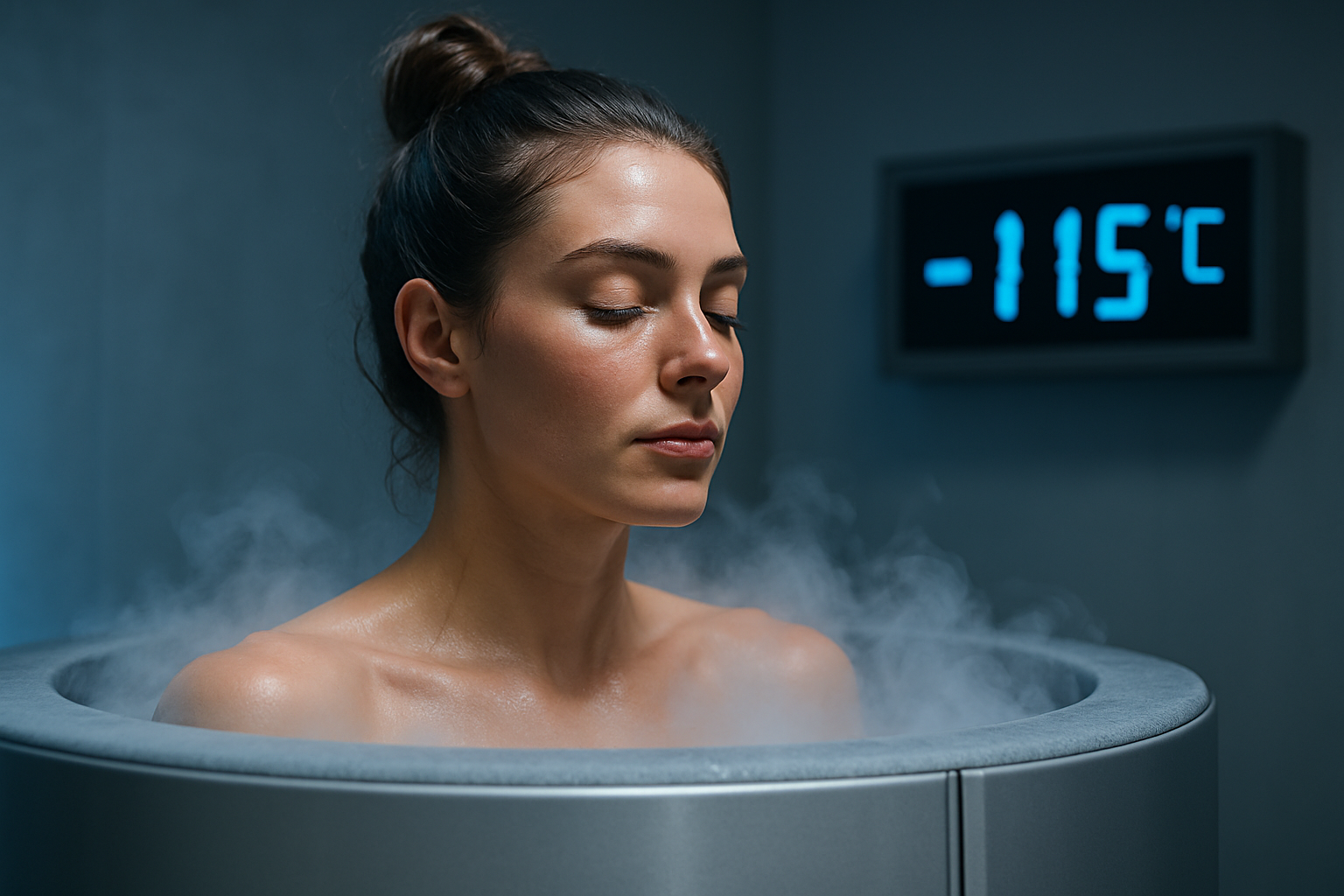How humidity and steam affect nasal congestion and coughing
Humidity and steam are commonly used to relieve symptoms of colds and coughs, but their effects depend on exposure, device type, and individual factors. This article explains how moist air and short steam sessions influence congestion, mucus consistency, sore throat irritation, and cough patterns to help you choose safe supportive care.

Air moisture affects how the respiratory tract handles mucus and airway irritation. Moderate humidity can keep nasal passages and throat tissues from drying, which often reduces the sensation of blockage and throat scratchiness. In contrast, very dry or very humid environments may worsen symptoms for some people. Knowing when to use a humidifier, brief steam, or simple measures like hydration and nasal wash helps manage congestion and coughing more effectively.
This article is for informational purposes only and should not be considered medical advice. Please consult a qualified healthcare professional for personalized guidance and treatment.
Does humidity change congestion and mucus
Higher relative humidity tends to keep mucus hydrated and less viscous, which can make nasal passages feel less obstructed and support natural drainage. Dry indoor air is associated with thicker secretions and increased discomfort. Maintaining a moderate indoor humidity level, commonly recommended between 30% and 50%, can reduce nasal dryness without promoting mold. Individuals with allergies or asthma should monitor symptoms, as overly high humidity may aggravate those conditions.
Can steam relieve coughs and sore throat
Short-term exposure to warm, moist air—such as from a warm shower or controlled steam inhalation—can temporarily soothe a sore throat and loosen secretions. Steam may reduce throat dryness and transiently suppress coughing by calming irritated mucous membranes. Benefits are typically short-lived and not a substitute for other treatments. Avoid very hot or direct steam sources to prevent burns; gentle, warm humidity is safer and often sufficient for comfort.
When to consider decongestant, expectorant, or antitussive
Medications target different symptoms. Decongestants reduce nasal swelling to improve airflow, expectorants loosen thick mucus to help clearance, and antitussives suppress the cough reflex when coughing is nonproductive or interferes with rest. Selection should be guided by symptom type: expectorants are useful when mucus is thick and cough is productive, whereas antitussives may help control disruptive dry cough. Follow product instructions and consult a clinician for age-appropriate recommendations and contraindications.
How hydration, rest, and nasal wash support mucus clearance
Adequate hydration keeps mucus more fluid and supports mucociliary clearance, making coughs more productive when necessary. Rest conserves energy for the immune response and can lower cough frequency. Saline nasal wash mechanically flushes secretions and reduces nasal congestion for many people; isotonic saline sprays or washes are commonly used several times daily. Combining these measures with proper room humidity often gives more consistent symptomatic relief.
What role do humidifier and hygiene play in prevention
Humidifiers can reduce irritation from dry indoor air and may lower coughing episodes related to dryness. Regular maintenance and cleaning of humidifiers are essential to prevent microbial growth and indoor air quality issues. Maintaining good hygiene — including hand washing, surface cleaning, and respiratory etiquette — reduces transmission of respiratory viruses that cause congestion and sore throat. Consider local services in your area for guidance on indoor air quality or cleaning when needed.
Are there special considerations for children and safe use
Children are more sensitive to scalding from steam and to medication side effects. Use cool-mist humidifiers or supervised presence in a steamy bathroom rather than hot steam inhalation for young children. Over-the-counter cough and cold medicines are not recommended for very young children; consult a pediatrician for safe, age-appropriate treatments. Monitor hydration, breathing, and activity level, and seek medical attention if symptoms worsen or if there are signs of respiratory distress.
Humidity and steam are supportive tools rather than cures. Moderate room humidification, cautious short-term steam exposure, hydration, rest, and saline nasal wash can ease congestion, thin mucus, and soothe sore throat or cough for many people. When symptoms persist, are severe, or are accompanied by high fever, seek evaluation from a healthcare professional to determine appropriate treatments, including whether decongestant, expectorant, or antitussive therapy is indicated.




